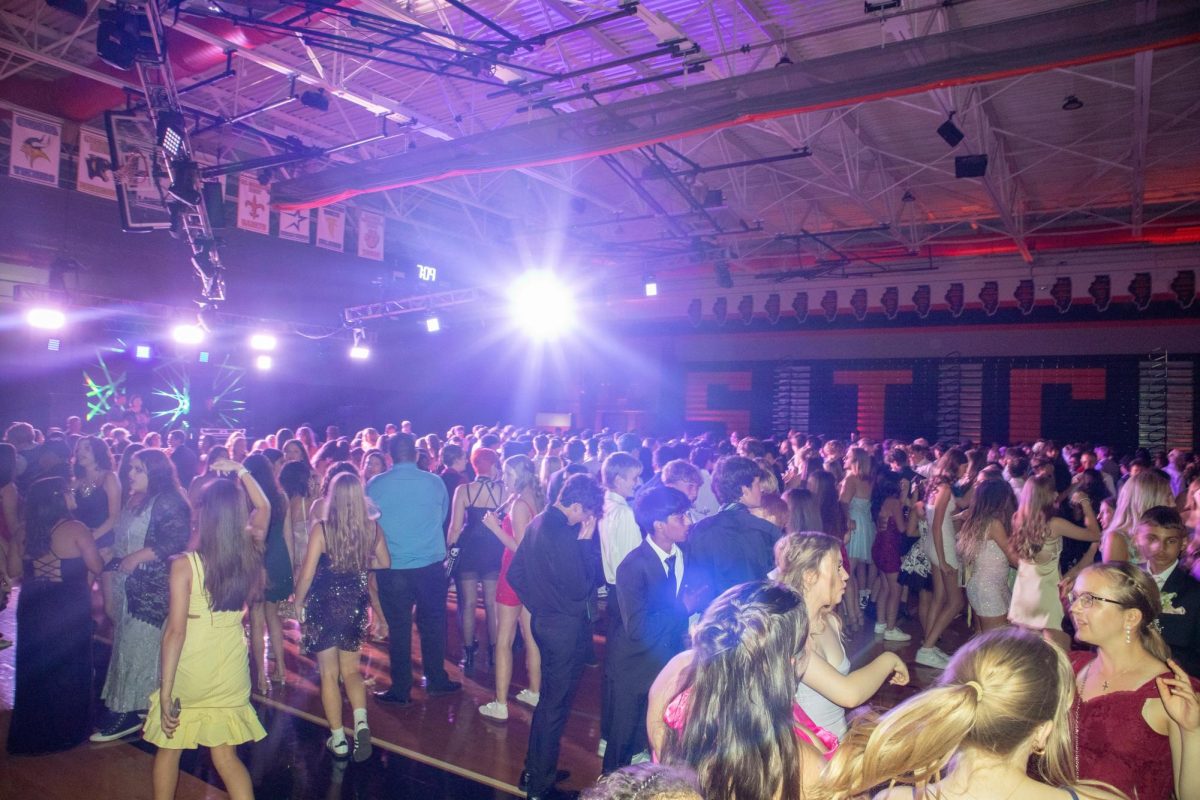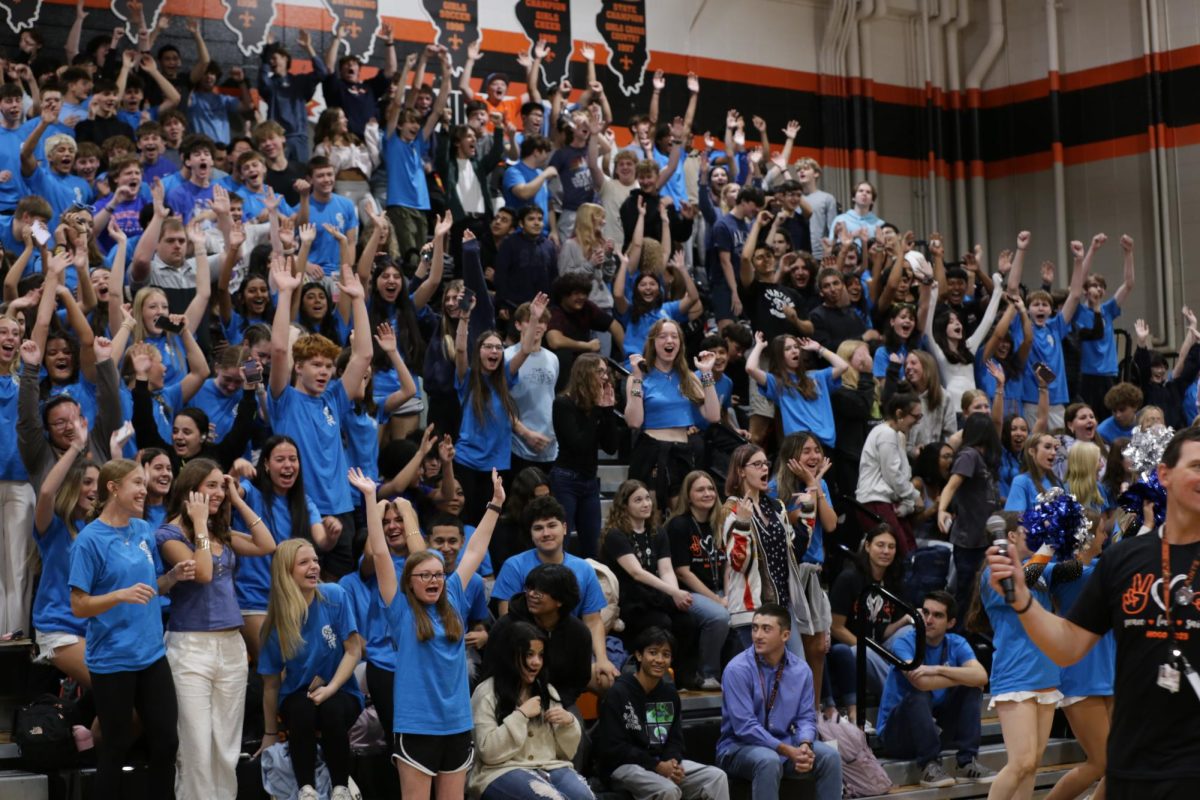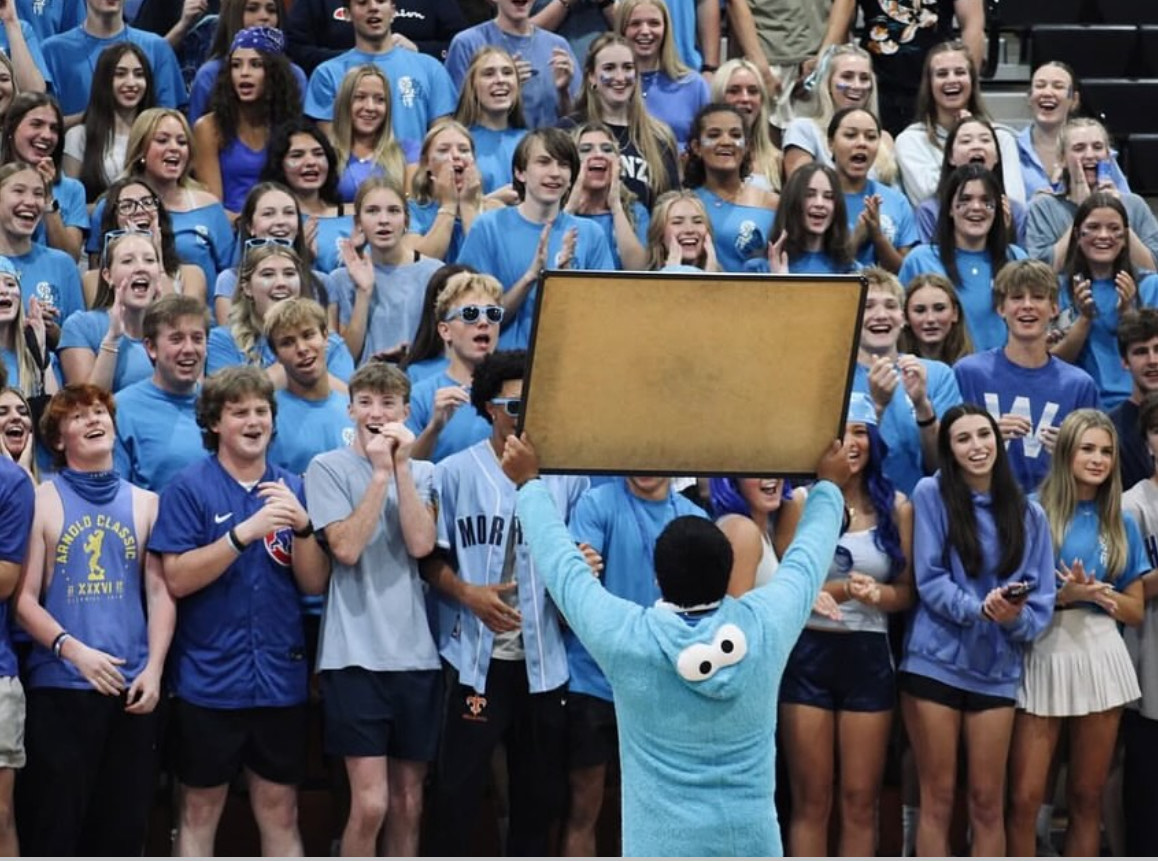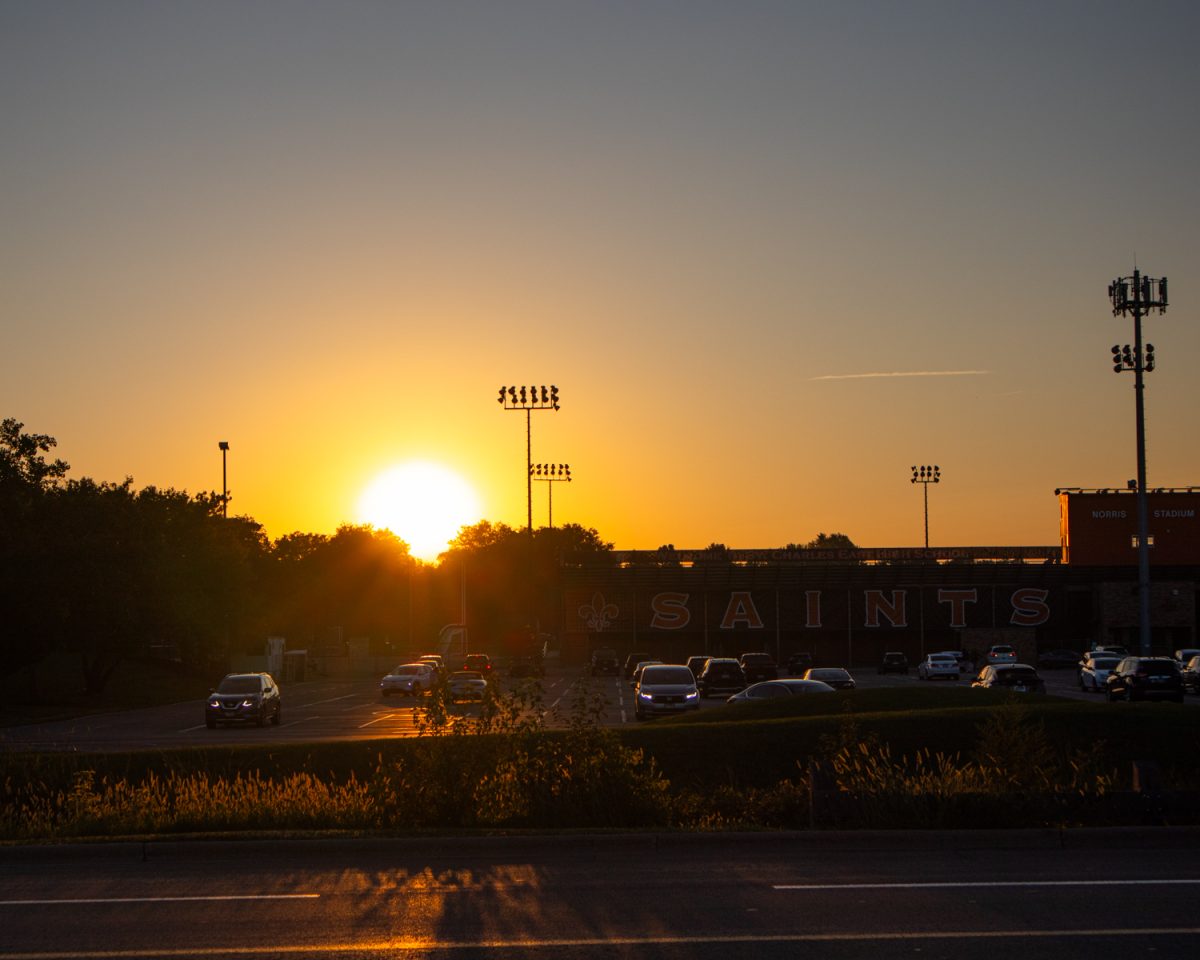On January 6, the United States Capitol Building was overrun by hundreds of rioters who aimed to halt the certification of the election of President-Elect Joe Biden.
At the same time, around noon on January 6, President Donald Trump was giving a speech at the White House. In this speech, Trump continued his claim that he won the presidential election “by a landslide”, against all evidence to the contrary. He invited his supporters to show their support by marching through the streets of Washington D.C., specifically to the Capitol building, in protest of the election result.
At the time of the riots, lawmakers in the Capitol Building were in the process of ratifying electoral college votes from the November presidential election. This process, which is overseen by the current Vice President, Mike Pence, certifies President-Elect Joe Biden as the next President.
In the early afternoon, in the midst of this ratification process, the lawmakers were evacuated from their chambers due to the riot. This meant that the recounting of votes from the election was put on hold, temporarily stopping the certification of Biden’s election.
One member of the mob, Ashli Babbitt, an Air Force veteran, was shot and killed by capitol police. She was one of five fatalities related to the event, three of which came from medical emergencies, and the other a Capitol Police officer, according to a January 12 article by the Washington Post.
Media sites and social media were overrun with many images from the day, with photos of various Trump supporters inside the capitol building. Many of these photos showed rioters without masks, defacing the building itself. In some images, rioters were sitting at the desks of lawmakers, breaking windows, and stealing the podium used by House Speaker Nancy Pelosi.
An event of this scale has effects that are impactful across the country. They include effects which have spread to East, especially in civics, government, and history classes. It was for this reason we asked a few teachers and students to share their perspectives and opinions on January 6th’s events. Andrew Ehrhardt is an East teacher who teaches Civics, American Agenda, and AP World History. Particularly because of the classes he teaches, Ehrhardt cares about explaining the significance of this event to his students. He spoke about his in-class discussions about the riots.
“I found that a lot of students had a basic understanding of what had happened,” Ehrhardt said. “I felt as if this is a historical moment in history. Not for a good reason, but for a bad reason. However, as a historic moment in history, my job as a teacher is to lay out the facts and lay out the evidence for students.”
While teachers considered the best manner in which to discuss the riot with their students, students also worked to form their own opinions on the events. Addy Petrine and Luke Beckstrom are juniors at East who were asked to share their perspectives and reactions to the events of January 6.
Petrine explained she was shocked when she first heard the news.
“It was terrifying,” Petrine said. “These people are the ones screaming for ‘law and order’ and then going against law and order and breaching the capitol building.”
Luke Beckstrom is another student who recalls his reaction to the event.
“My initial response was honestly just disappointed,” Beckstrom said. “I always wished that America could be civil about politics but yet we fail again.”
Ehrhardt said that events like the riot at the Capitol inspire a lot of discussion regarding the media and looking at bias.
“From an academic standpoint, I ask my students to look at the media and the coverage that is happening of events…I ask them to look at it from both sides.”
Ehrhardt said that this examination of information is critical, especially while living in a world of extreme polarization and bias within much of the media. By helping his students to understand how the events at the Capitol unfolded, in chronological order, he believes that they can form their own opinions.
“For me, you have to be knowledgeable from all sides of an issue in order to form your own educated opinion about it,” Ehrhardt said.
Some of these opinions regard the original intention of the riot. While it is impossible to speak for all of the individuals who attended the initial protests, Petrine explained her perspective on the crowd’s intention.
“I believe they always had intentions of breaking in and causing the destruction they did,” Petrine said. “Their intentions were very clear: [it was an] attempt to halt the certification of the votes.”
Beckstrom had a similar opinion on the intentions of the rioters. While he believes some of the protesters came to hold a more peaceful protest, he thinks that the overall purpose of “[the riot] was absolutely intent to interrupt the counting process.”
As the riots continued, the National Guard was asked to assist the Capitol Police in restraining the mob after the Capitol Police failed to prevent entrance to the Capitol Building by the rioters. 1,100 members of the Washington D.C. National Guard were called, according to the U.S. Department of Defense on January 7.
Throughout the rest of the day on January 6, and through the night until January 7, officials and lawmakers evacuated the building. Many were forced to remain in lockdown late into the night, and did not sleep. Early on January 7, when it was safe to do so, the lawmakers returned to continue their certification of the election.
As Congress reconvened to certify the election, Majority Leader Mitch McConnell spoke on the Senate floor.
“The United States Senate will not be intimidated. We will not be kept out of this chamber by thugs, mobs or threats. We will not bow to lawlessness or intimidation. We are back at our posts. We will discharge our duty under the Constitution and for our nation. And we’re going to do it tonight.”
Alana Wise, a reporter for National Public Radio (NPR), published the results of the objections in a January 6 article. “The Senate overwhelmingly voted to reject the Arizona objection, with only six members, all Republicans, voting ‘yea’ on the measure.”
Opposition to certifying Biden’s win remained in the House of Representatives. This resistance was eventually rejected, but 121 representatives voted in favor of the objection.
Then came the discussion of the Pennsylvania objection. The Senate voted on dismissal of the Pennsylvania objection, filed by Missouri Republican Sen. Josh Hawley and a group House Republicans. The final vote was 92-7.
The House followed with their vote of 138 for the objection and 282 against, rejecting the filing.
It is certain that the riot at the Capitol will impact American politics. Ehrhardt said that he believes “the rhetoric has been there,” and that “the means of inciting these types of events could still happen again.”
According to a January 12 NPR article, the FBI is warning of potential unrest and riots across the country on the day of Biden’s inauguration. The inauguration will take place on January 20 in Washington, D.C.
“I hope that as a political society we can take this tragic event and turn it into a moment of togetherness,” Ehrhardt said. “A moment where we can be united and work across the aisle and finally shake hands, or bump elbows, as Americans.”











